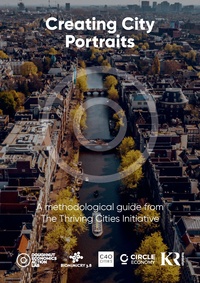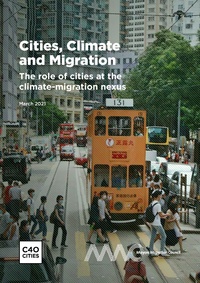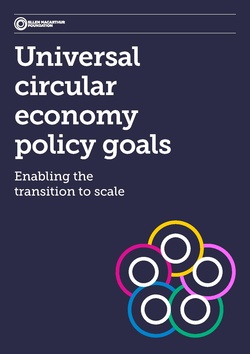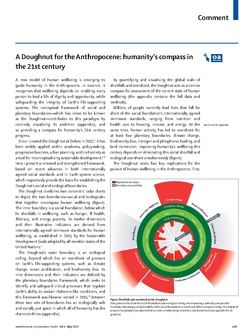Wellbeing: Difference between revisions
No edit summary |
No edit summary |
||
| Line 32: | Line 32: | ||
[[File:Creating-City-Portraits-Methodology.pdf|200px|City Portraits]] [[File:C40 Cities and Mayors Migration Council (2021) Cities, Climate and Migration - The role of cities at the climate-migration nexus.pdf|200px|Cities, Climate and Mitigation]] | [[File:Creating-City-Portraits-Methodology.pdf|200px|City Portraits]] [[File:C40 Cities and Mayors Migration Council (2021) Cities, Climate and Migration - The role of cities at the climate-migration nexus.pdf|200px|Cities, Climate and Mitigation]] | ||
==Circular Economy== | |||
[[File:Universal circular economy policy goals_Jan2021.pdf|250px|Universal circular economy policy goals]] [[File:AMS-portrait.pdf|250px|A Tool for Transformative Change]] [[File:A Doughnut for the Anthropocene.pdf|250px|A Doughnut for the Anthropocene]] | [[File:Universal circular economy policy goals_Jan2021.pdf|250px|Universal circular economy policy goals]] [[File:AMS-portrait.pdf|250px|A Tool for Transformative Change]] [[File:A Doughnut for the Anthropocene.pdf|250px|A Doughnut for the Anthropocene]] | ||
| chair = | | chair = | ||
Revision as of 00:18, January 20, 2023
| Wellbeing | ||||||||||||||||
|---|---|---|---|---|---|---|---|---|---|---|---|---|---|---|---|---|
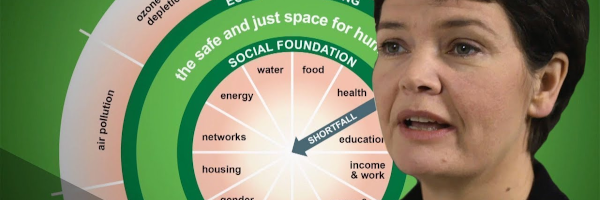
| ||||||||||||||||
| Introduction | ||||||||||||||||
| Contact | Stan Curtis | |||||||||||||||
| Topics | ||||||||||||||||
NEWS
REPORTS | ||||||||||||||||
- Authors
Wellbeing refers to a state of being happy, healthy, and comfortable in one's life. It encompasses a range of physical, mental, and emotional factors, and can be influenced by a variety of factors such as genetics, environment, and personal choices.
Physical well-being includes elements such as having enough energy, feeling good in one's body, and being free from illness or injury. Mental well-being includes elements such as having a positive outlook, feeling able to cope with stress, and having a sense of purpose or meaning in life. Emotional well-being includes elements such as feeling content and satisfied, and having supportive and positive relationships.
Overall, well-being is a multi-faceted concept that includes many different aspects of a person's life. It can be influenced by a variety of factors including the physical environment, social support, work-life balance, and personal choices. People can work on improving their well-being by making healthy choices, staying active and engaged, and by seeking support when needed.
In order to allow analysis of a wide range of ethical decision problems, any version of a coherent individualistic ethical decision theory requires some ideal index indicating the ethical value of each individual’s life. It seems reasonable that this index should be related to wellbeing. In fact the values involved in determining well-being might still form part of an ideal value index, but only after they have been suitably repackaged. But it would appear that a satisfactory ethical value index must transcend any of the commonly accepted notions of wellbeing.
Peter J. Hammond, Department of Economics, Stanford University
Introduction
SmartCITIES::BeyondGDP... SmartBUILDING? community-by-community Economic Development city-by-city initially was framed as a technology challenge..a smarter better digital INFRASTRUCTURE?
the rapid incubation of technology choices... lamppost-by-lamppost continuously updated expectations for ACCESS to better choices!
Community-by-community ...the EU and WEFORUM cultivated a more regenerative process ...improving WELLBEING (weal-th) https://www.weforum.org/focus/beyond-gdp
Additional Material
You can enter a PDF as a link Doughnut Economics
Or you can add a PDF as an image
Circular Economy
| team = Urban.Systems, Ellen Macarthur Foundation | sector = Wellbeing }}

![link=[[Media:{{{Release}}}]]](/images/thumb/9/92/Brookings.jpg/200px-Brookings.jpg)









